Greenlanders are gearing up for a pivotal election that has captured global attention against the backdrop of United States President Donald Trump’s controversial remarks about potentially taking over Greenland. This election isn’t just routine; it’s a decision that could redefine Greenland’s future in profound ways. As voters trek across icy terrain to participate, they hold the fate of their island in their hands.
Exploring Paths to Independence
At the heart of this election lies a fundamental question: Should Greenland continue as a part of Denmark, seek full independence, or strengthen ties with major international players like the U.S. and Europe? The debate around independence is complex and emotional, with varying definitions and aspirations among the population.
Masaana Egede, editor-in-chief of Sermitsiaq, sheds light on the nuanced perspectives surrounding independence: “We want independence, but we all have very different definitions of what independence is.” The road to true sovereignty is paved with challenges; currently, Denmark retains decision-making authority in 32 key areas concerning Greenland.
The Political Landscape
Inuit Ataqatigiit and Siumut are two leading parties advocating for independence in the Inatsisartut legislature. Their promise to hold a referendum on separation from Denmark underscores the gravity of this electoral moment. While support for full sovereignty resonates widely in Greenland, uncertainties persist regarding defense capabilities and economic sustainability post-independence.
Weighing Economic Viability
Greenland boasts vast natural resources yet grapples with a sparse population compared to its expansive landmass. The allure of rare earths beckons international interest but also raises security concerns amid evolving geopolitical dynamics. Trump’s vocal assertions about acquiring Greenland underscore its strategic significance beyond its borders.
Independence comes at a cost – financially too. With an annual subsidy from Denmark propping up essential welfare systems, severing ties would necessitate new economic strategies. Anti-colonial sentiments echo strongly in political rhetoric as leaders advocate for breaking free from historical dependencies.
Diversifying Industries for Autonomy
Recent elections pivoted on debates surrounding mining projects and resource exploitation as potential catalysts for economic diversification. However, these discussions often eclipse vital topics such as tourism expansion or maritime trade enhancement – avenues that could potentially bolster an independent Greenland’s financial stability.
The specter of uranium mining looms large as past bans shape current policies while navigating paths towards self-sufficiency remains paramount amidst external pressures and internal aspirations. Balancing economic development with environmental concerns defines the intricate tapestry within which Greenland’s future hangs precariously.
Global Ramifications
While Trump’s ambitions may paint visions of prosperity for Greenland under American influence, local sentiment resoundingly opposes such notions according to recent polling data indicating widespread resistance to U.S. integration plans. Regardless of Tuesday’s outcome at the ballot box, ripples from this election will reverberate far beyond Arctic waters – shaping narratives around autonomy struggles and geopolitical realignments globally.
As Greenlanders prepare to make their mark through ballots rather than ice trails on Election Day,
the world watches intently – knowing that their choices will not only define their destiny but also ripple across international landscapes with far-reaching consequences.



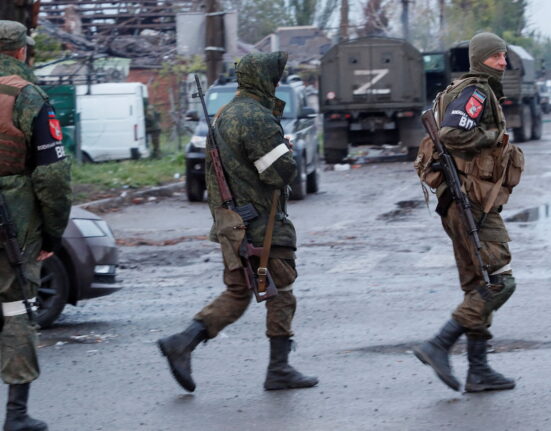
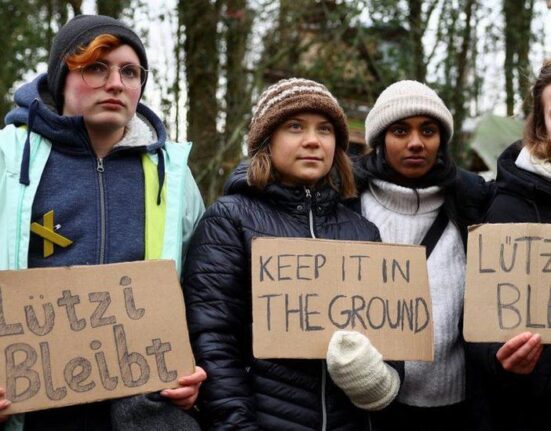
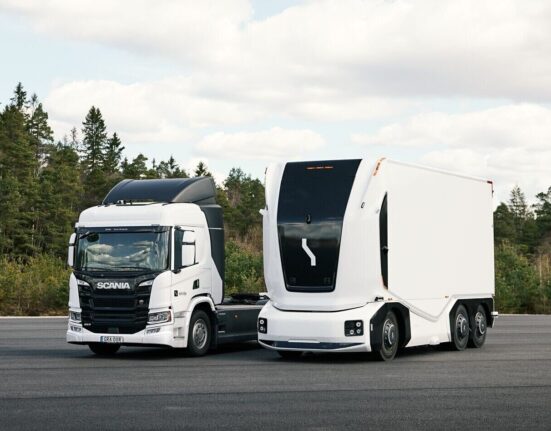
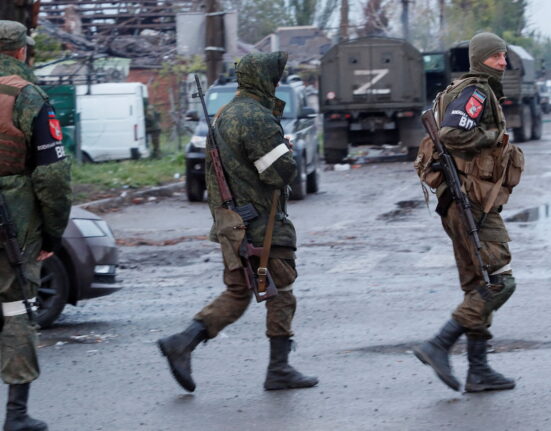
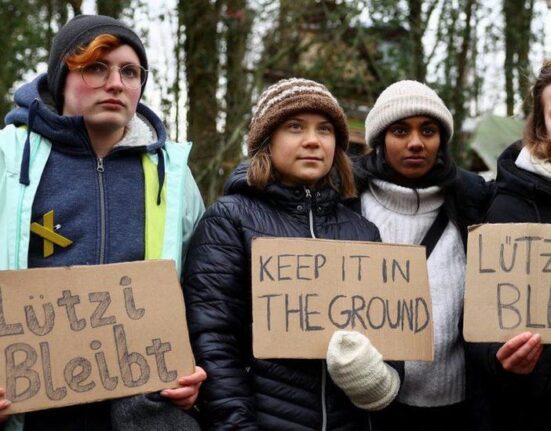
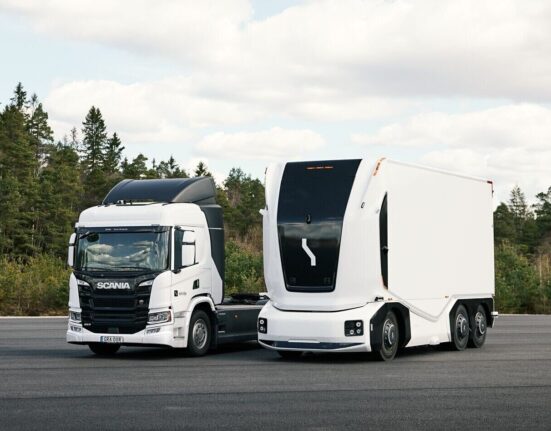
Leave feedback about this